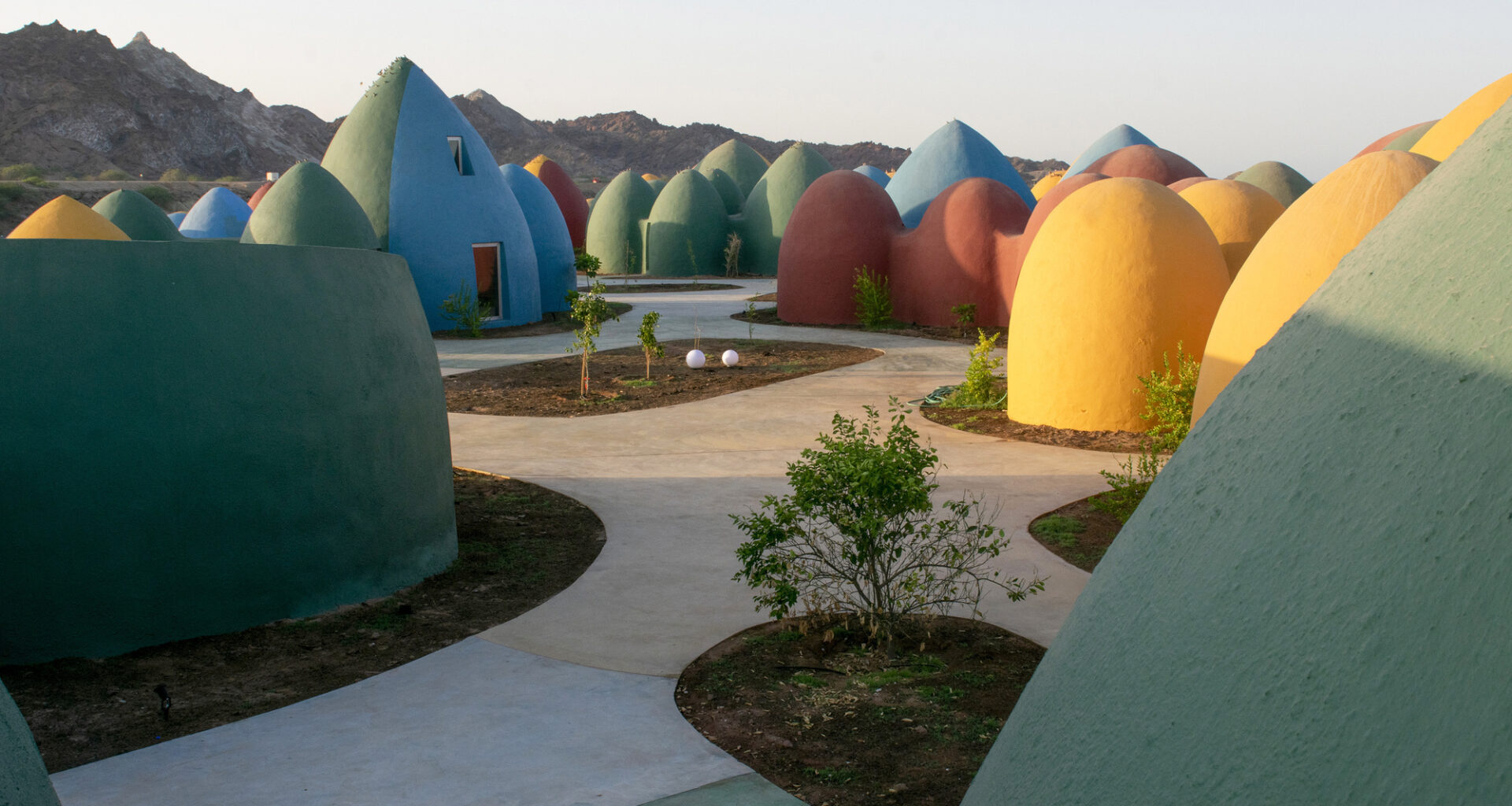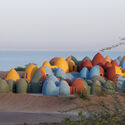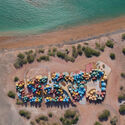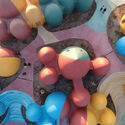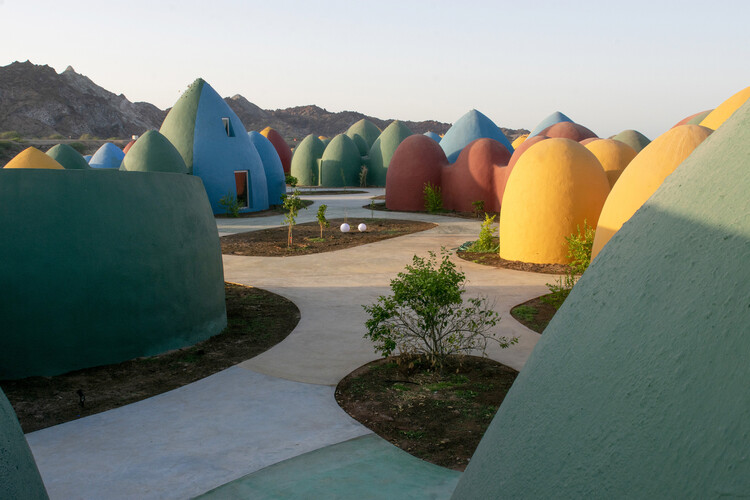 Charta square: Entrance area of the accommodation section. Image © Tahmineh Monzavi
Charta square: Entrance area of the accommodation section. Image © Tahmineh Monzavi
Share
Or
https://www.archdaily.com/1035199/beyond-disaster-relief-the-evolution-of-super-adobe-into-permanent-structures-in-hormuz-iran
Hormuz Island, located in Iran, was a strategically significant port in the Persian Gulf, characterized by its landscape of colorful mountains. Despite its tourist appeal, the island faces significant socio-economic problems, with the local population having historically faced economic hardship. In response, the Majara Complex by ZAV Architects was conceived not merely as a building but as a deliberate architectural intervention designed to give control, opportunity, and economic benefit directly to the local community. To do this, the project channeled investment into local human resources and prioritized accessible construction techniques, creating a pathway for localized wealth creation. This allowed the Majara Complex to be one of the recipients of the Aga Khan Award for Architecture in 2025.
One of the foundational decisions supporting this strategy is the adoption of the Super-Adobe construction technique. This method, pioneered by Iranian-American architect Nader Khalili, was developed as a response to NASA’s call for low-cost, self-sufficient human settlements on the Moon and Mars, relying entirely on on-site materials. The technique involves filling long polypropylene bags with moistened earth and arranging them in layers, with strands of barbed wire placed between courses to provide tensile strength and prevent slippage. The system is limited to using arches and domes, as these shapes allow the earth-filled bags to handle loads through compression. Since earth materials are exceptionally strong when compressed, the dome form is the ideal shape as it distributes all weight evenly down the curve, providing better structural stability and seismic resistance. Regarding scale, the technique can reliably build a single, stable dome structure up to 22 feet (6.7 meters) in diameter. For larger spaces, architects cluster multiple domes or use barrel vaults.


